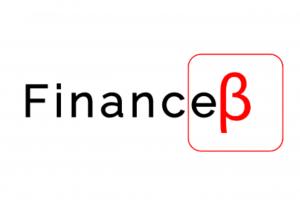Brief Overview:
From the lender’s side, interest rate is the percentage compensation received from offering a loan service. From the borrower’s side, interest rate is the percentage cost paid to acquire a loan service.
What are interest rates?
An interest rate is the percentage cost of acquiring a loan.
Interest is thus the cost amount of taking up a loan, calculated as a result of the interest rate.
The borrowed amount is referred to as the principal.
When paying back the loan, you pay back the principal plus the interest. Therefore Interest is the extra amount one pays to borrow a loan.
For example, if the interest rate on a $100 loan is 10%; this would mean that,
- The principal (Amount borrowed) = $100
- The interest rate (Percentage cost) = 10%
- The Interest (Cost amount): 10% x $100 = $10
- The total amount that would be paid back: $100 + $10 =$110
Before taking up a loan one needs to understand the terms on the loan.
Loan terms are the condition applied on the loan.
Which include the interest rate; the duration which is the time you would have to pay back the loan; the breakdown period of each loan payment.
Different lenders including Individuals, financial institutions, companies, governments have different payment terms.
Central banks are the bodies that set and control the interest rates from a business and economic perspective within a country.
They set the interest rates that banks should use when lending out money, and other debt services.
This is to ensure that banks do not manipulate and take advantage of the control they have in regards to supply of money within an economy.
Summary:
From the lender’s side, interest rate is the percentage compensation received from offering a loan service.
From the borrower’s side, interest rate is the percentage cost paid to acquire a loan service.



